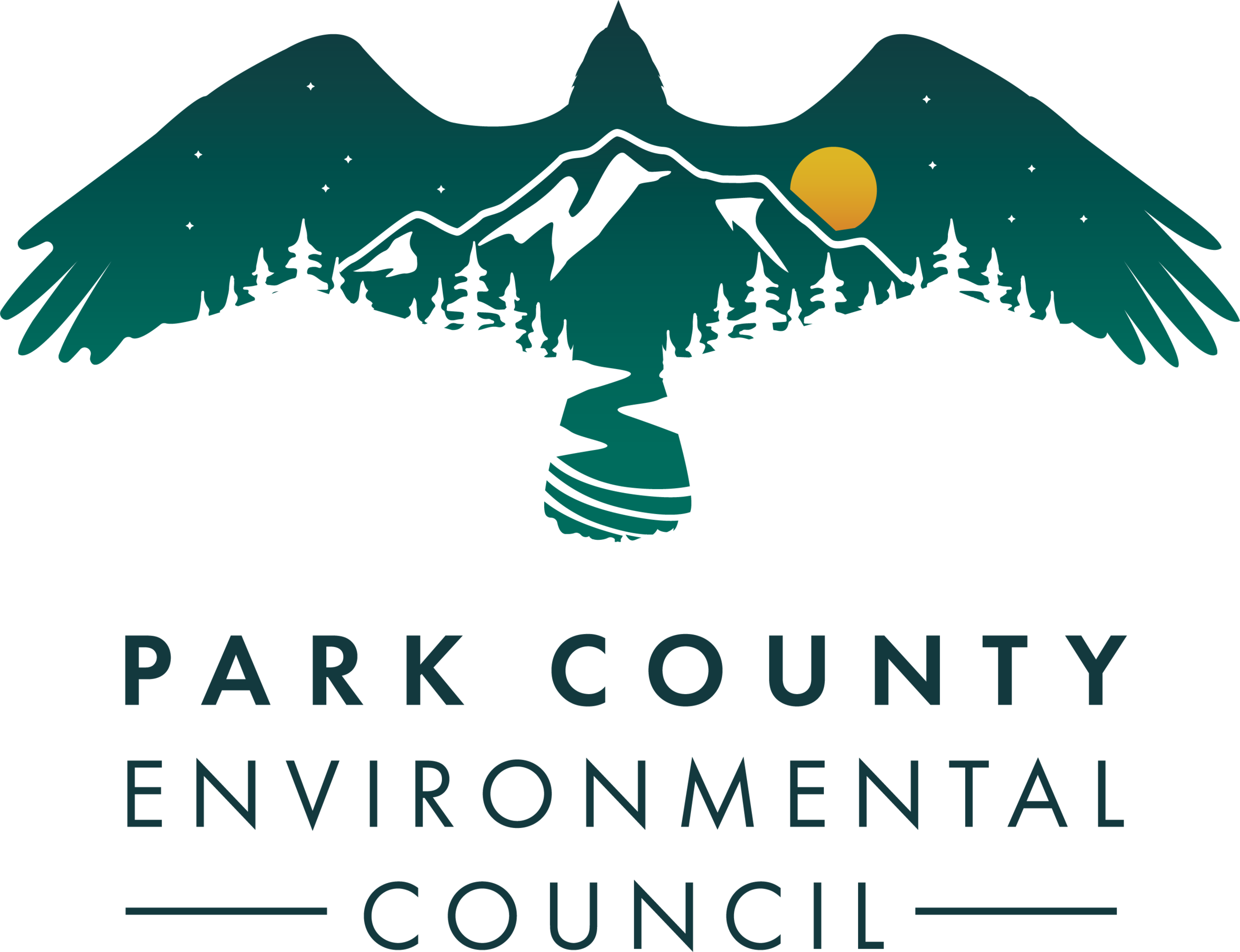The Yellowstone River: A Resilient Ecosystem in Transformation
Summer in the Paradise Valley is in full swing. While we enjoy the outdoors, the Yellowstone River is undergoing a dramatic transformation. The 2022 flood was a powerful force that reshaped the river's landscape, and its effects continue to ripple through the ecosystem.
As the river adjusts to its new course, we're witnessing a complex interplay of plant life. Invasive species like Canada thistle, common tansy, leafy spurge, Russian olive, and spotted knapweed are taking advantage of the disturbed environment, while native plants such as sandbar willow, wild licorice, showy milkweed, and scouring horsetail are demonstrating impressive resilience.
To better understand these changes, a dedicated partnership between PCEC, Upper Yellowstone Watershed Group, Montana Freshwater Partners, and the Natural Resource Conservation Service has been monitoring the rivers recovery. Building on baseline data collected in Paradise Valley in 2021 following a TIP grant, mapping efforts have continued through 2022-2024. These collaborative efforts involve a dedicated group of volunteers who contribute countless hours to tracking plant distribution and abundance.
This year, our monitoring extended from Mill Creek Fishing Access to Carter's Bridge. We are currently analyzing this data and will host a community conversation in the fall to share findings and discuss strategies for building resilience and understanding plant community dynamics. While you're out recreating on the river this year, please keep an eye out for some of Park County's EDRR (early detection rapid response) noxious weed species: dyer's woad, purple loosestrife, ventenata, and oxeye daisy. If you see any of these species, use the EDDMapS app. to let us know.
Understanding the river’s dynamic nature is crucial for effective management. The recent update to the Upper Yellowstone channel migration map offers valuable insights into the river's historical behavior and helps identify areas susceptible to future erosion. This knowledge is essential for informed decision-making about land use and infrastructure.
To bolster the river’s resilience, we can strategically plant and protect native vegetation like willows and cottonwoods in erosion-prone areas identified by the new map. These plants not only help stabilize the riverbank but also provide habitat for wildlife.
By expanding our monitoring and outreach efforts both upstream and downstream, we can enhance landowner and recreator education, facilitate restoration planning, and ensure the long-term health of the Yellowstone River ecosystem. Collaborative efforts like this one aim to foster a community-wide understanding of how meaningful observation, acts of reciprocity, and protection of working and wild landscapes can contribute to a healthy and more resilient Park County.


